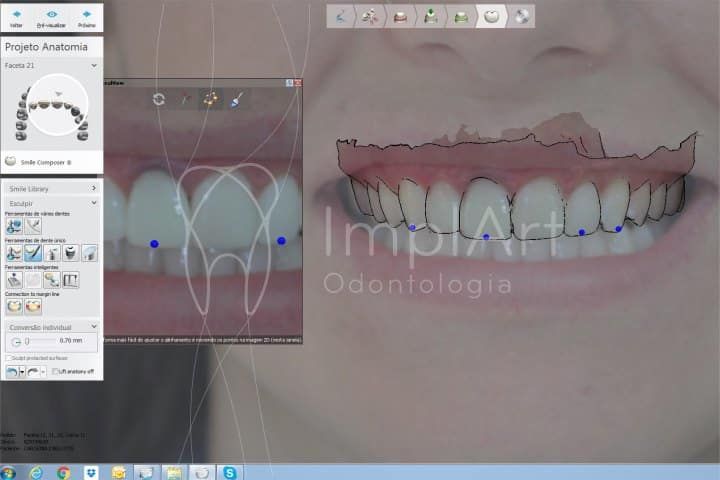
Computerized dental aesthetics – Digital Pre-treatment planning
Computerized dental aesthetics
Computerized dental aesthetics uses computerized programs for digital smile planning that have certainly helped dentistry. They are used to plan and simulate various dental treatments, including implants, dental contact lenses and fixed prostheses. They make it possible to design completely personalized treatments.
Predictable results with digital dental treatment planning
As a result, they increase the patient’s understanding of the stages of their treatment, thus aligning expectations with the proposed treatment, and above all allow the dentist to have greater predictability of results.
With computerized dental treatment planning, the dentist can design crowns, restorations, aesthetic treatments, dental contact lenses as well as plan the placement of dental implants.
The purpose of digital smile planning is to create a personalized treatment, seeking the harmony of the smile, as well as avoiding unnecessary procedures and consequently making treatment faster, more comfortable and more accurate.
Now, with the latest Cerec Primemill milling machine, the results are even more precise and more detailed.
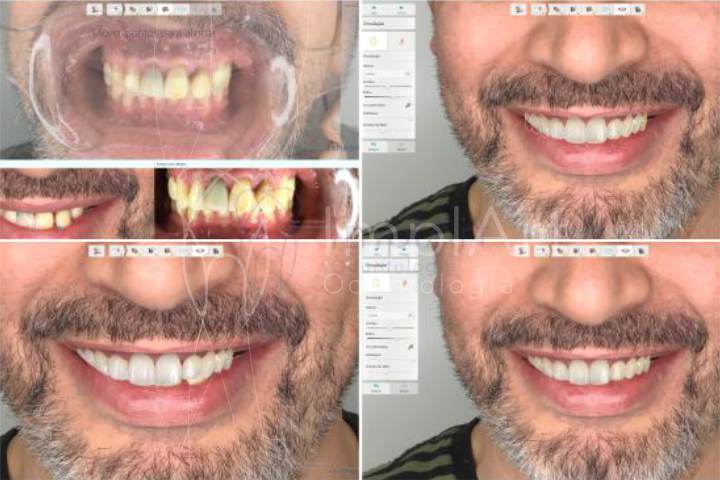
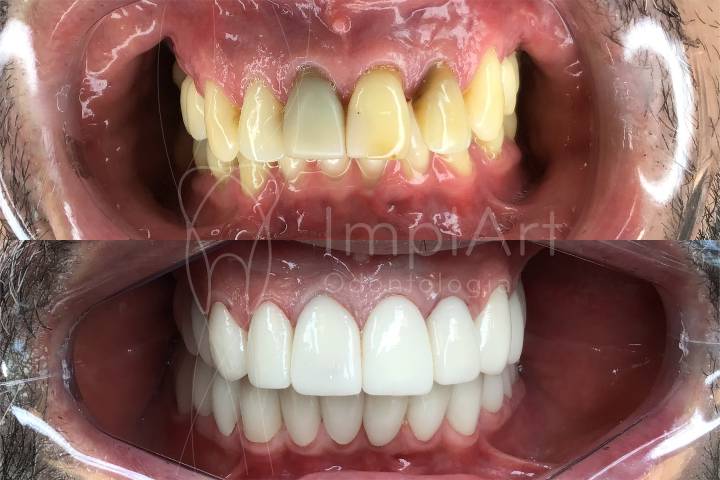
Computerized dental aesthetics (Smile Design)
A great feature of computerized dental treatment planning programs is image overlay. This involves positioning the digital plan over the patient’s photo, making it easier for the patient to understand their treatment before they even start.
Digital smile design begins with capturing the patient’s oral images using an intraoral scanner. These images are transformed into a computerized 3D model of the dental arches.
In this way, the dentist visualizes the initial state and designs crowns, restorations or dental contact lenses to solve various problems that compromise the aesthetics and harmony of the smile.
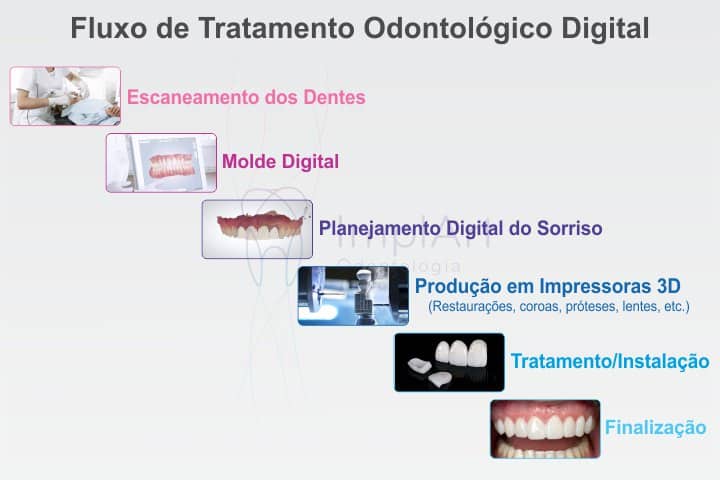
Intraoral scanning for digital smile planning
Some cases that can be planned on a computer:
- Increase in the length or volume of one or more teeth.
- Aligning asymmetrical teeth
- Making restorations for broken or decayed teeth
- Making dental contact lenses
- Harmonization of teeth with facial biotype
- Even tooth shade
- Replacing unsightly restorations with porcelain restorations
- Making metal-free zirconia abutments and prostheses
The dental treatments planned on the computer also allow for quick dental treatments in the Day Clinic (or Dental Spa – intensive care modality).
Digital smile planning with dental implants
Digital planning of dental implants helps to ensure that the treatment result is tailored to the patient’s needs. It also helps to ensure that the treatment is efficient and as minimally invasive as possible, thus avoiding surgical accidents (such as hitting sensitive structures).
Planning begins with a computerized tomography scan. In this sense, the three-dimensional images of the tomography allow the implant dentist to know details such as the volume and dimensions of the bone in order to determine the best positions for the implants and the choice of implants with dimensions suited to the needs of each patient.
The dentist also has the option of ordering a surgical guide, which is made based on the information from the CT scan. The surgical guide acts as a template, with the exact indications of where the perforations should be made.
As a result, unnecessary cuts and punctures are avoided, meaning treatment is less invasive and recovery is quicker and more comfortable.
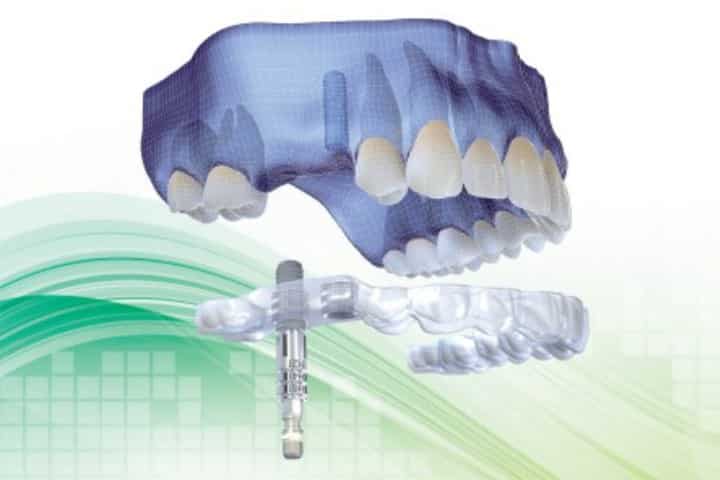
At the same time, guided surgery makes it possible:
- Prior surgical and prosthetic planning, resulting in a more precise procedure;
- Safe flapless surgery and the possibility of immediate loading;
- Respect for bone structures and the path of nerves and vessels;
- A reduction in the indication for bone grafting surgeries, as this requires detailed prior planning of the case;
- Planning aesthetic and functional procedures;
- Better post-operative recovery;
- Better communication between patient and dentist, contributing to greater trust during treatment.
Digital orthodontic treatment planning
Digital orthodontic treatment is fully computer simulated and planned using an intraoral scanner and specialized software. The intraoral scanner is used to capture precise images of the teeth and gums and thus create a three-dimensional color mold of the arches. The software uses these images to simulate the movement of the teeth to the desired position.
Models with the proposed final treatment can be 3D printed for verification if the orthodontist prefers. Digital molds can be used not only to plan orthodontic treatment with conventional braces, but also with braces in the form of aligner plates(Invisalign or Compass).
ImplArt Odontologia uses the main technologies ever developed for computerized dental treatment planning. From intraoral scanning to the execution of prostheses, restorations and aesthetic dental contact lenses on 3D printers.
If you have any questions, please contact us or come and visit us. We’ll be happy to welcome you!
 Agende sua consulta agora por WhatsApp
Agende sua consulta agora por WhatsApp
Leave a Reply